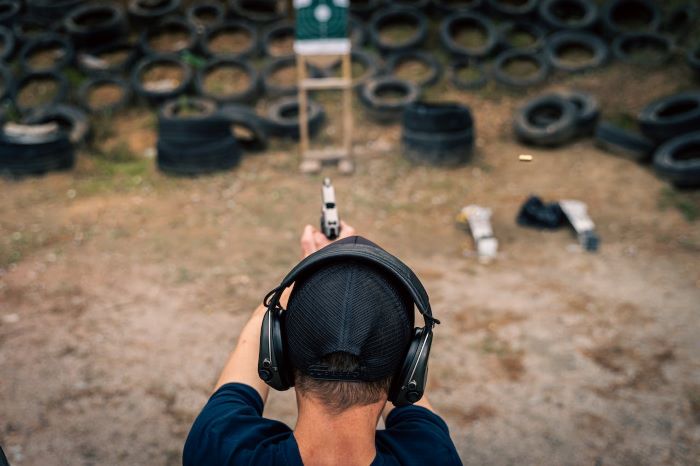Hunting is a pastime that carries with it a significant responsibility for safety, not only in the field but also in how hunters manage and store their ammunition. Safe storage and handling of ammunition are critical to prevent accidents and ensure that when the time comes, the ammunition performs as expected. Here we provide essential safety and storage tips for hunters to handle their ammunition responsibly.
Understanding Ammunition Basics
Before delving into storage and safety, it’s essential to understand the basics of ammunition. Ammunition for hunting is typically made up of four components: the case, the primer, the propellant, and the bullet. Each part plays a crucial role, and improper handling can affect performance and safety. Therefore, it’s vital to store and handle ammunition in a way that keeps these components intact and in good condition.
Storage Environment
The first step in safe ammunition storage is choosing the right environment. Ammunition should be stored in a cool, dry place. Extreme temperatures and moisture are the enemies of ammunition, potentially causing corrosion and deterioration of the components. This can lead to misfires, duds, or even dangerous malfunctions. Using a dehumidifier in your storage area can help maintain a dry environment, especially in humid climates.
Secure Storage
Ammunition should always be stored securely to prevent unauthorized access, especially from children or individuals who are unfamiliar with firearm safety. Using a dedicated ammunition safe or lockable cabinet is advisable. This not only prevents accidents but also protects your ammunition from theft.
Separate from Firearms
For added safety, store ammunition separately from firearms. This practice reduces the risk of accidental discharge and ensures that if someone gains access to a firearm, they don’t have immediate access to the ammunition. In many places, this is not just a safety recommendation but a legal requirement.
Original Packaging
Whenever possible, store ammunition, such as 30-06 ammo, in its original packaging. This packaging is designed to protect the ammunition from environmental factors and physical damage. Additionally, keeping it in the original packaging makes it easier to identify and organize, reducing the chances of using the wrong ammunition for a specific firearm.
Inventory Management
Keep an inventory of your ammunition. This includes noting the type, caliber, and quantity of ammunition you have. Regularly check your inventory against what you actually have stored. This practice helps in maintaining a well-organized stock and can alert you to any potential theft or misuse.
Handling Precautions
When handling ammunition, there are several precautions you should take:
- Avoid Impact and Friction: Ammunition should be handled gently to avoid impact, friction, or any force that could lead to accidental ignition.
- Clean Hands: Ensure your hands are free of oils, grease, or any other substance that could transfer to the ammunition. This helps prevent corrosion.
- No Modifications: Never attempt to disassemble or modify ammunition. This can be extremely dangerous.
Regular Inspections
Periodically inspect your stored ammunition for any signs of damage or corrosion. If you find any rounds that are damaged, dispose of them properly – don’t fire them. Contact local law enforcement or a gun shop for advice on disposal.
Transporting Ammunition
When transporting ammunition to and from hunting sites, keep it in secure containers designed for ammunition. Ensure that it is not exposed to extreme temperatures or moisture during transport.
Disposal of Old or Damaged Ammunition
Ammunition that is old, corroded, or otherwise damaged should not be used. The disposal of such ammunition should be handled with care. Contact local law enforcement or a professional disposal facility for guidelines on how to safely dispose of it.
Legal Considerations
Be aware of and comply with all local, state, and federal regulations regarding ammunition storage and transportation. Laws can vary significantly from one place to another, and ignorance of these laws does not excuse non-compliance.
Education and Awareness
Finally, education and awareness are key. All hunters should be well-versed in the safe handling and storage of both firearms and ammunition. Consider taking regular safety courses as a refresher and to stay updated on best practices and legal requirements.
Conclusion:
Safe storage and handling of ammunition are critical components of responsible hunting. By following these guidelines, hunters can ensure that their ammunition is always ready, reliable, and safe. Remember, the practices you implement at home for storage and safety can have a direct impact on your experience in the field. Stay safe, and happy hunting!









